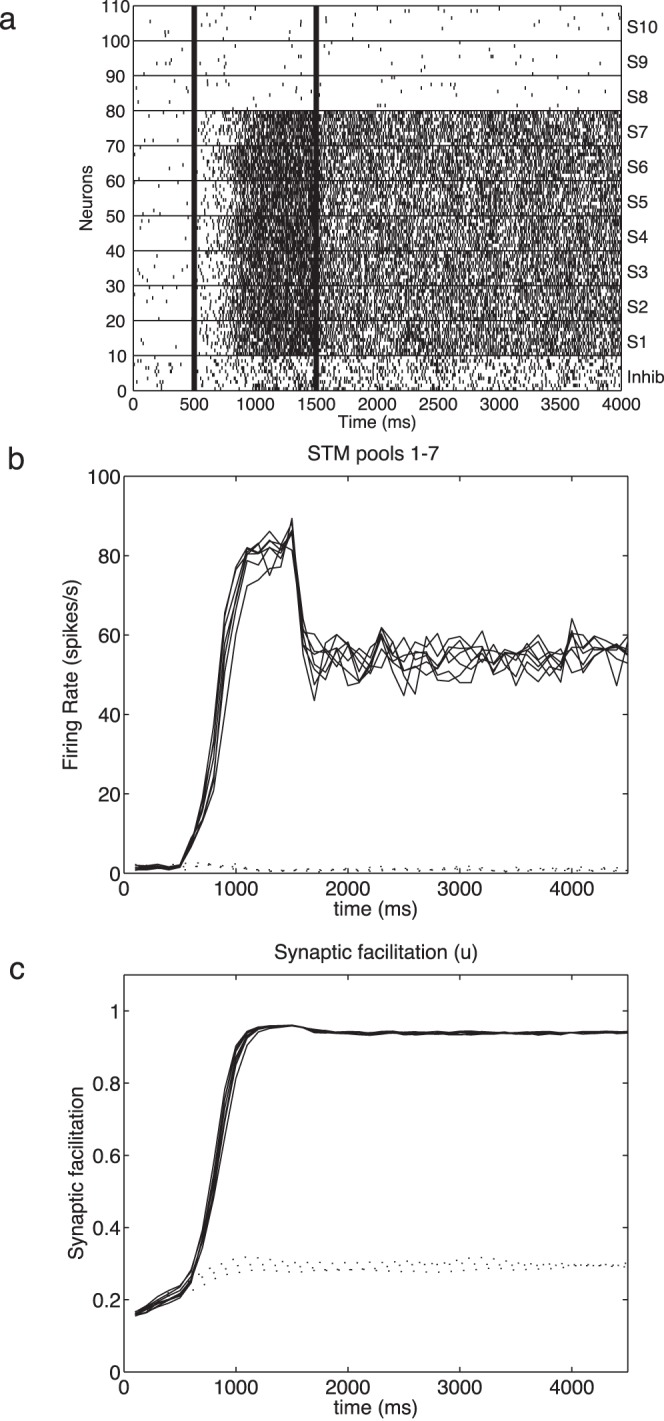Figure 2. Short term memory with 7 simultaneously active memories.

After a 0.5 s period of spontaneous activity (with λext at the baseline level of 3.05 Hz/synapse), cues λ1−λ7 were applied to excitatory neuron pools S1 to S7 during the period 500–1500 ms. (λ1−λ7 were applied by increasing λext to 3.3125 Hz/synapse for just these 7 pools during the cue period.) As shown on the rastergram (a) and peristimulus time histogram of the firing rate (b) this produced a high firing rate of approximately 70 spikes/s in each of the pools S1–S7 (b, solid lines), and the synaptic utilization factor uj increased in this period to values close to 1 (c, solid line). In the rastergram (a) each vertical line is a spike from a single neuron, and each row shows the spikes for a single neuron. 10 neurons chosen at random are shown for each pool of neurons. The input to pools λ8−λ10 remained at the baseline level of 3.05 Hz/synapse throughout the trial, and therefore their firing rates did not increase in the period 500–1500 ms (b, dashed lines), and correspondingly the utilization factor u for these pools remained low (c, dashed lines). At the end of the cue period, λ1−λ7 returned to the baseline level of 3.05 Hz/synapse, but in the short term memory period from 1500–4500 ms the neurons in pools 1–7 continued to fire at a high rate of approximately 40 spikes/s (b, solid lines), well above the baseline in the spontaneous period of 3 spikes/s. Moreover, the synaptic facilitation uj remained high for pools 1–7 during the short term memory period from 1500–4500 ms (c, solid lines).
